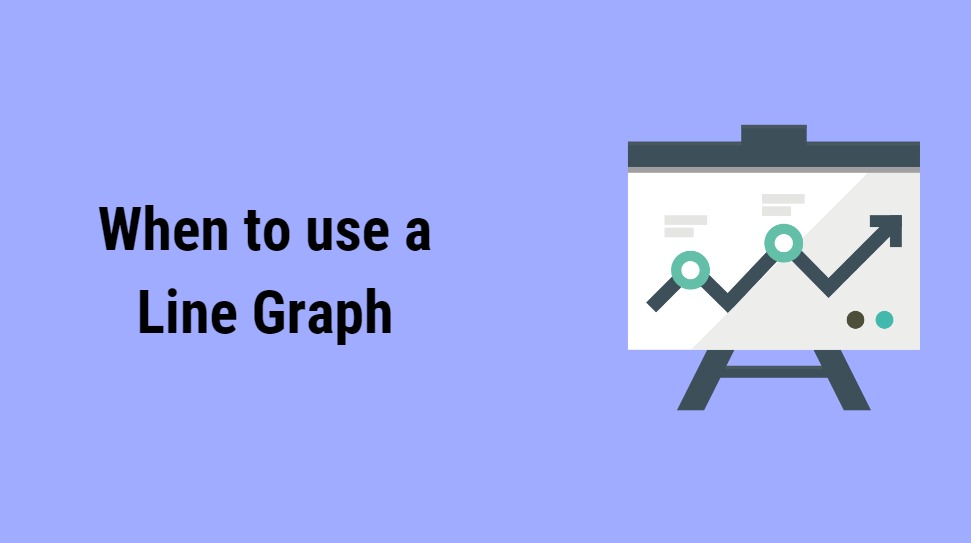When to Use a Line Graphs?

Introduction
Data visualization is a powerful tool that helps us comprehend complex information at a glance. Among the myriad of visualization techniques, the line graph holds a prominent position due to its ability to illustrate trends, changes, and patterns over time. Choosing the appropriate visualization method is crucial to effectively convey your datas story, and in this article, we will explore the circumstances when a line graph is the most suitable choice.
Representing Time-Series Data:
Line graphs are ideal for displaying data that changes over time. Whether you are tracking stock prices, temperature fluctuations, website traffic, or population growth, a line graph visually captures the trends and variations in the data over specific time intervals.
Displaying Continuous Data:
Line graphs are well-suited for continuous data, where each data point is connected to the next, forming a continuous line. This allows for a smooth representation of the datas progression, making it easier to identify patterns and trends.
Comparing Multiple Data Sets:
When you want to compare trends in multiple data sets side-by-side, a line graph is a valuable choice. By using different colors or styles for each line, you can visualize the relationships and disparities between the datasets effectively.
Highlighting Trends and Patterns:
Line graphs are particularly useful for showcasing trends, patterns, and fluctuations in data over time. They draw attention to long-term changes and help identify cycles, seasonal variations, or recurring events in the data.
Visualizing Progress and Performance:
If you wish to illustrate progress or performance over time, a line graph is an excellent way to demonstrate growth or decline. It is often used in business settings to track key performance indicators (KPIs) and display the progress towards specific goals.
Identifying Correlations and Relationships:
Line graphs are helpful in uncovering relationships between two variables. When comparing data from two sources, the way the lines interact can reveal positive or negative correlations, providing insights into cause-and-effect relationships.
Analyzing Historical Data:
Line graphs are perfect for examining historical data since they enable viewers to identify past trends and compare them with current or projected data. This historical context can aid in decision-making and strategic planning.
Conclusion:
In the realm of data visualization, choosing the appropriate graph is crucial to ensure the clarity and effectiveness of your message. Line graphs are a powerful tool for displaying time-series data, illustrating trends, and highlighting relationships between variables. Whether you are tracking growth, comparing multiple datasets, or presenting historical trends, line graphs provide a clear and intuitive way to communicate complex information. However, it is essential to consider the nature of your data and your specific communication objectives before selecting a line graph. Always aim for simplicity, clarity, and accuracy in your visualizations, and remember that the right choice of graph can make a significant impact on how your audience perceives and understands the data.